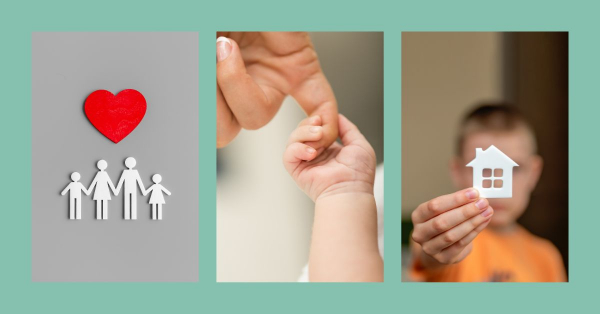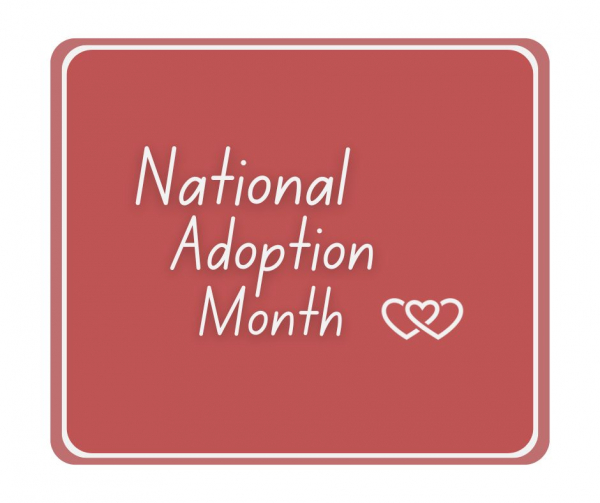6 Myths about Adopting from Foster Care
The number one goal in foster care is reunification with the biological parents. With that in mind, there is also a need and place for foster-to-adopt families. People hoping to build their families through adoption can and do accomplish that goal through the foster care system.
Here are 6 myths about adopting from foster care:
1. It will be a closed adoption.
I’ve heard of people looking into adoption and getting cold feet about all of the potential openness in domestic infant adoption, and moving to foster care adoption. Most kids in care have either biological siblings they are not being placed with or some other relatives other than their biological parents who are able to be a part of their lives to some degree. These relationships may be important to them post-adoption. Openness in foster-to-adopt looks different than infant adoption, but a truly closed adoption is more rare.
2. It will be easy, quick, and simple.
A child needs a family, a loving home, and permanency. You have a stable, loving home that’s ready for a child. It seems like an easy answer. We thought we were skipping some legal unknowns by having our foster license be for children moving towards or at the goal of adoption. The legal part varies from state to state and from county to county, but children with a goal of adoption may still have appeals by the birth family going on. There maybe competing parties and more biological relatives can appear at anytime, not to mention supervisory periods.
3. The kids are lucky, blessed, or indebted to their adoptive families.
Children in foster care have lost everything by no choices of their own: their parents, pets, extended family, friends, belongings, and all with little notice, potentially even more than once. Every child deserves a loving, safe, and consistent environment to grow in. It’s incredibly unlucky that all children aren’t born into a forever family.
4. The foster/adoptive parents are saints.
Foster or adoptive parents are just parents. Bio parents wouldn’t be called a saint for parenting a child with a medical condition or behavior issues. They would just be called a parent who is parenting their child. Foster and adoptive parents are just the same. Our kids are our kids and we handle whatever comes with them.
5. Foster parents with personal goals of adoption are trying to steal someone else’s kids.
Not possible. The first goal in foster care is reunification with the biological parents/family. First goal. The entire child welfare system is set up to help the biological family stay together or become reunited. Foster parents know this. Foster parents have very little influence on what the biological parents do to promote being reunited. A judge will decide if the biological parents will be reunited with their children. The foster parent’s job is to love, cherish, and provide a safe, healthy environment for a child that the child welfare system says needs it.
6. The kids are all messed up.
Every kid has stuff. Stuff that comes up and stuff that is hard. Stuff that is messy. Stuff that as a parent you don’t have any idea what to do with. The thing about adoption and adoption from the foster care system is that you get a preview of what that stuff might be: Drug exposure, domestic violence, neglect. You get to think about all the ways that conditions and situations will affect a child. Your child, before you become their parent. I wonder if bio parents got a little packet about what tough stuff their child will go through, if that would affect their choice to become that child’s parent. At 2, hospitalized for suspected asthma, or 13, arrested for shoplifting, 16 and pregnant, autism, diabetes, you name it. Stuff is going to come up. Stuff is going to happen. It is not the child’s fault. Children are incredibly resilient. Children with loving, consistent, and strong parents are even more resilient.
Every foster parent who wishes to adopt knows the risks of opening your heart and home to a child in need. The risk that forever may not happen. Or the risk that a child may be reunited and that the situation may not be all that great for the child. They also know how much it’s worth it. It really is.








